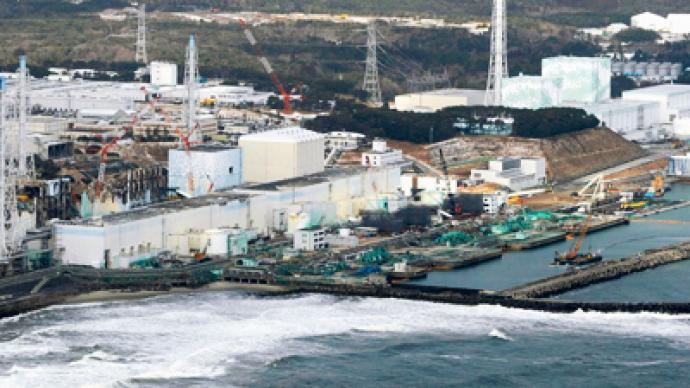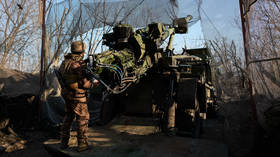US West Coast to receive dangerous levels of Fukushima radiation

It’s been over a year since natural disaster ravaged a nuclear plant in Fukushima and interrupted the lives of millions of Japanese. Scientists now fear though that contaminated water is on course to America, and it could be more toxic than thought.
Researchers have released the findings of an intense study into the aftermath of last year’s Fukushima nuclear disaster and warn that the United States isn’t exactly spared just yet. In fact, scientists now fear that incredibly contaminated ocean waters could be reaching the West Coast of the US in a matter of only five years, and the toxicity of those waves could eventually be worse than what was seen in Japan.A team of scientists led by Joke F Lübbecke of the National Oceanic and Atmospheric Administration’s (NOAA) Pacific Marine Environmental Laboratory have published the findings of an experiment recently conducted to measure the impact of last year’s nuclear disaster and the results are eye-opening to say the least. By simulating the spreading of contaminated ocean waters and seeing how currents could carry them across the Pacific from Japan to the US, scientists believe that the worst might be still on the way.“Within one year it will have spread over the entire western half of the North Pacific and in five years we predict it will reach the US West Coast.” Claus Böning, co-author of the study, tells the website Environmentalresearchweb.Böning adds that “The levels of radiation that hit the US coast will be small relative to the levels released by Fukushima,” yet fails to exactly stand by that statement in the fullest. “But we cannot estimate accurately what those levels will be because we do not know for certain what was released by Fukushima,” the doctor adds.In fact, others fear that contaminated ocean waters may collect in packets and produce waves of highly concentrated nuclear toxins that could pose a dangerous toll to Americans.The paper itself reads, “After 10 years the concentrations become nearly homogeneous over the whole Pacific, with higher values in the east, extending along the North American coast with a maximum (~1 × 10−4) off Baja California.”“The magnitude of additional peak radioactivity should drop to values comparable to the pre-Fukushima levels after 6–9 years (i.e. total peak concentrations would then have declined below twice pre-Fukushima levels),” it continues. “By then the tracer cloud will span almost the entire North Pacific, with peak concentrations off the North American coast an order-of-magnitude higher than in the western Pacific.”“The total peak radioactivity levels would then still be about twice the pre-Fukushima values,” the paper’s abstract reveals, discussing what long-term impacts could come to America’s West Coast.















